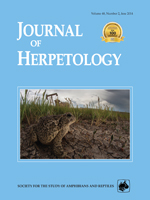Along the coasts of Florida, beach erosion caused by large storms and hurricanes coincides with the nesting season of the Loggerhead Sea Turtle. Here, we report the effects of beach renourishment and nest relocation on the success of Loggerhead Sea Turtle (Caretta caretta) eggs and hatchlings. Data on ∼53,700 Loggerhead Sea Turtle eggs from 517 clutches were collected over a six-year period, 2006 through 2011, on the Gulf Coast beaches of Pinellas County, Florida. We compared the proportion of eggs that hatched and hatchlings that emerged based on relocation; the type of beach on which breeders deposited their eggs (natural or renourished), and the type of beach to which clutches were relocated (natural or renourished). In this study, beach renourishment had no adverse effect on the proportion of eggs that hatched or the proportion of hatchlings that emerged. In contrast, clutch relocation decreased the proportion of inundated clutches 10-fold from 28–3%; an important finding as water inundation destroyed nearly half of the eggs per clutch. These findings add to a growing body of research on beach renourishment and clutch relocation with important implications for the continued management of Loggerhead Sea Turtle nests.
How to translate text using browser tools
1 June 2014
Effects of Beach Renourishment and Clutch Relocation on the Success of the Loggerhead Sea Turtle ( Caretta caretta) Eggs and Hatchlings
Lauren J. Dellert,
Danielle O'Neil,
Deby L. Cassill
ACCESS THE FULL ARTICLE

Journal of Herpetology
Vol. 48 • No. 2
June 2014
Vol. 48 • No. 2
June 2014




